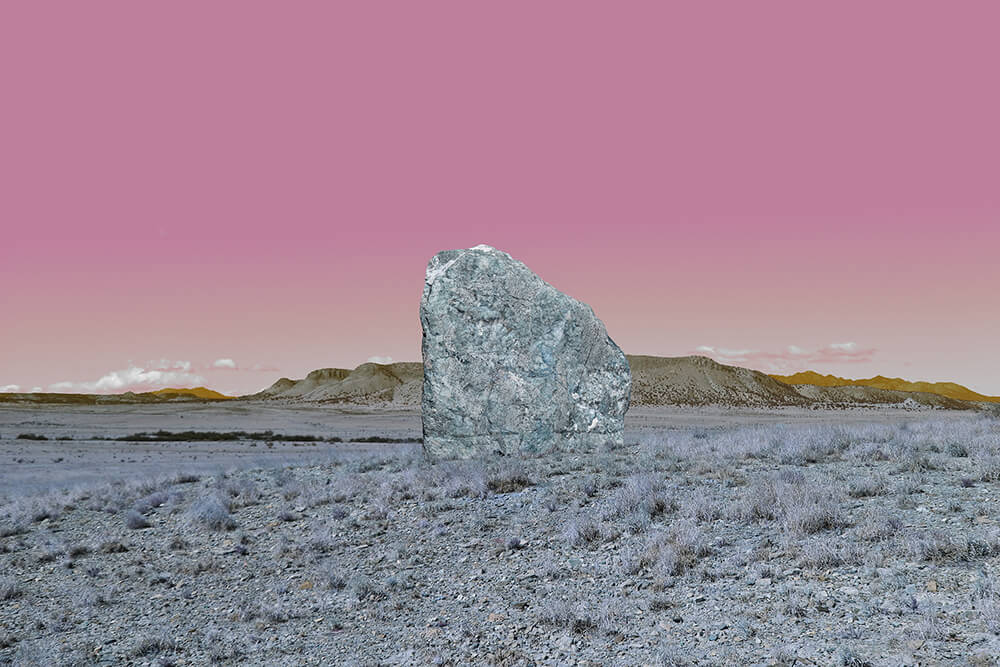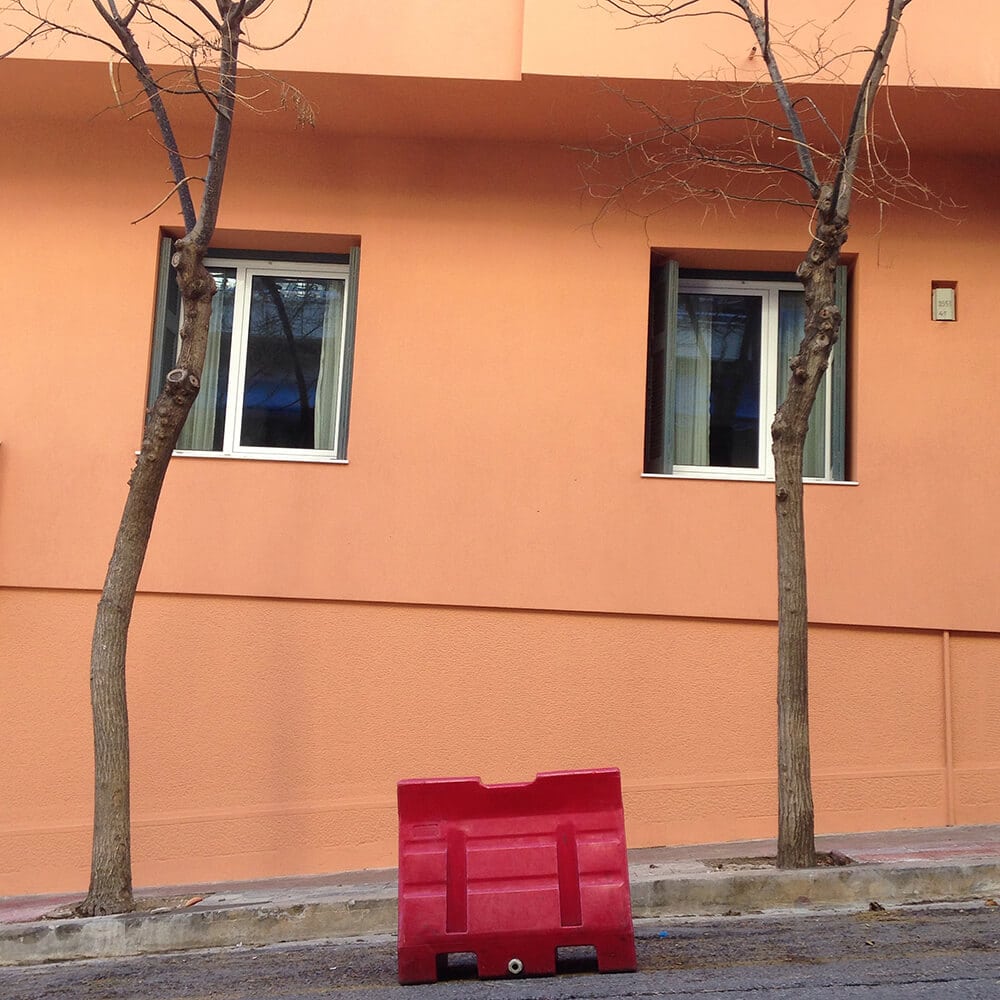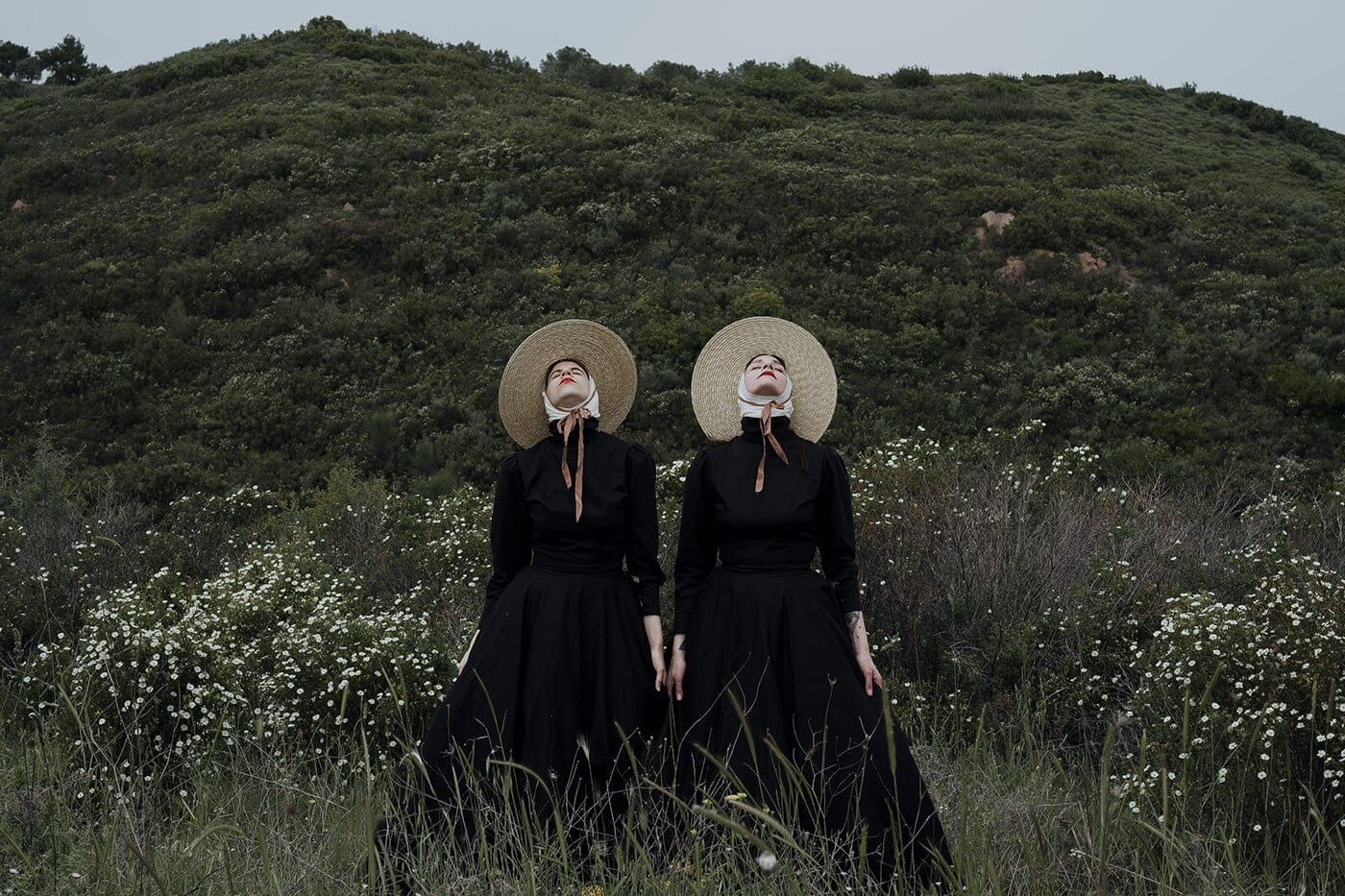EDITORS’ PICK
Seeing with New Eyes
OPEN CALL
Open Call Editors’ Pick
“The real voyage of discovery consists not in seeking new lands but seeing with new eyes.” – Marcel Proust
Following Brian Paul Clamp’s selection of winning images for our ‘OPEN CALL’ theme, this compilation of 20 images, selected by the Life Framer editors represents some of the other talented photographers whose work struck us and left a mark. Some are more literal representations of the theme, and others are more abstract, but each one is a stunning image worthy of exposure and attention.
These are intended to be a conversation starter… so feel free to join the discussion on our social networks.
Banner image and text courtesy of Ellen Jantzen from her series Unexpected Geology.
“In this series I am exploring the realm of one’s environmental surroundings, how that is absorbed into one’s psyche and how this changes through relocations. My move from the relatively flat Midwest (my place of birth) to the mountainous West (New Mexico, specifically) needed some adjustments in my way of working and seeing. Initially I was stymied by this landscape that is so fraught with cliché. But, I soon found myself aspiring to bring my new home into focus, to make it my own.
I stand back and take it all in. I have always been intrigued with mountains, their formation, evolution and beauty. I find the history of geology fascinating, the ebb and flow of minerals, deposits and formations. I am intrigued with how small rocks and stones are, essentially, mountains except for size. They are made of the same materials and minerals. Ratio, proportion, relative size, all plays a part in the magnitude of the structures. There is an aesthetic magic of scale.Lately I have been including petroglyphs found on rock formations bringing the ancient history of rocks and people together.
I approach this work as both a window through which I observe my new surrounds (recording what I see) and a mirror where I bring my sensibilities to bear, reflecting my inner state of being. I use layering and blending modes to merge the observed environment with my internal intuition. At times I digitally place stones in my photographs of mountainous landscapes while obscuring the scale references. Other times I distort and raise the landforms in a digital dance of perception.”
www.ellenjantzen.com and Instagram: @ellenjantzen
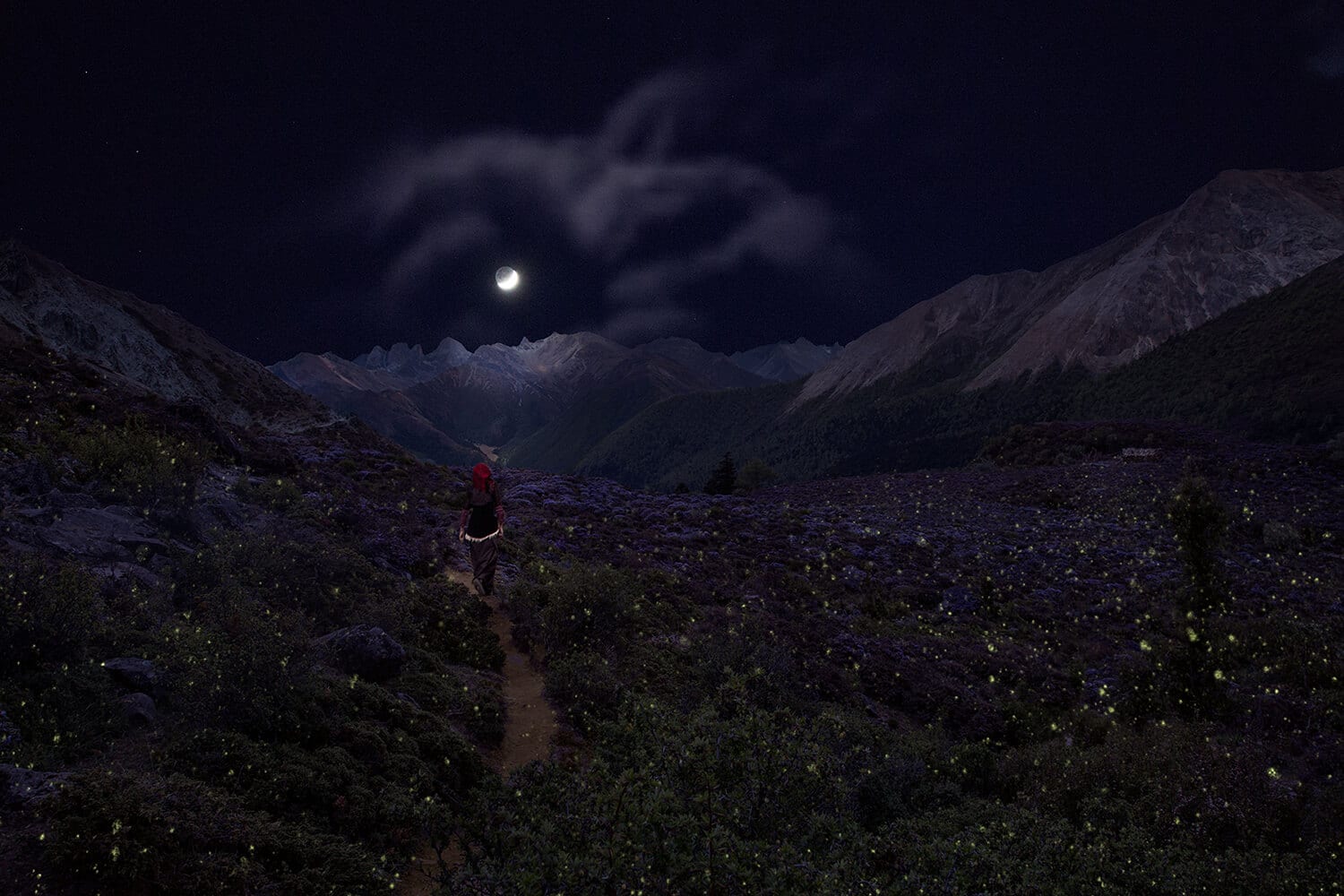
Image courtesy of Qingping (Thea) Zang from her series ‘The Shangri-La’.
www.theazangphotography.com and Instagram: @thea_zzzz
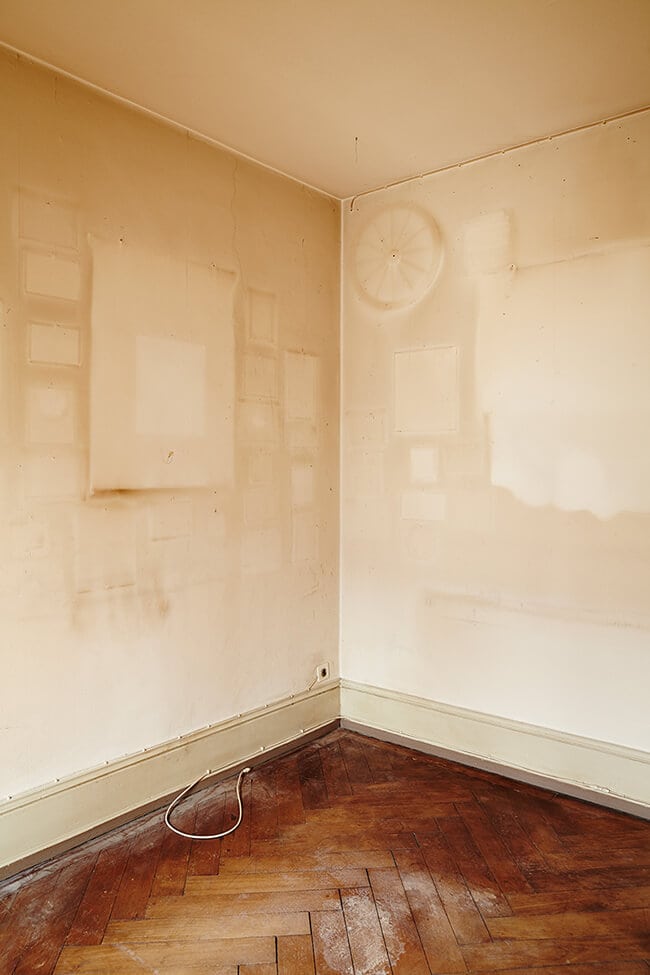
Image courtesy of Marion Bernet from her series Frau Burri.
www.marionbernet.ch and Instagram: @marr0ni
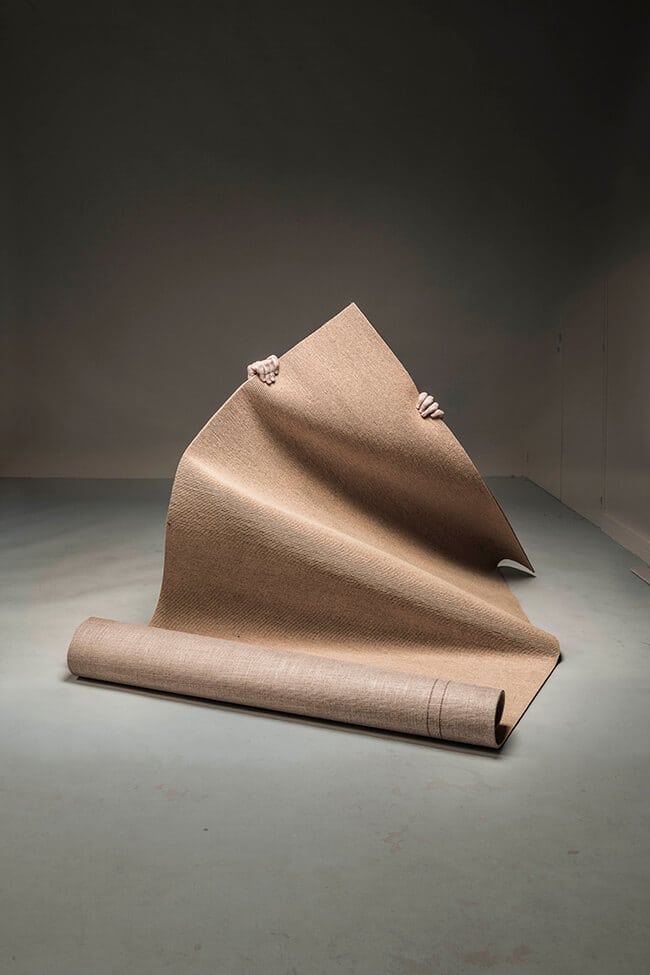
Image courtesy of Samir Tlatli.
www.samirtlatli.com and Instagram: @samtlatli
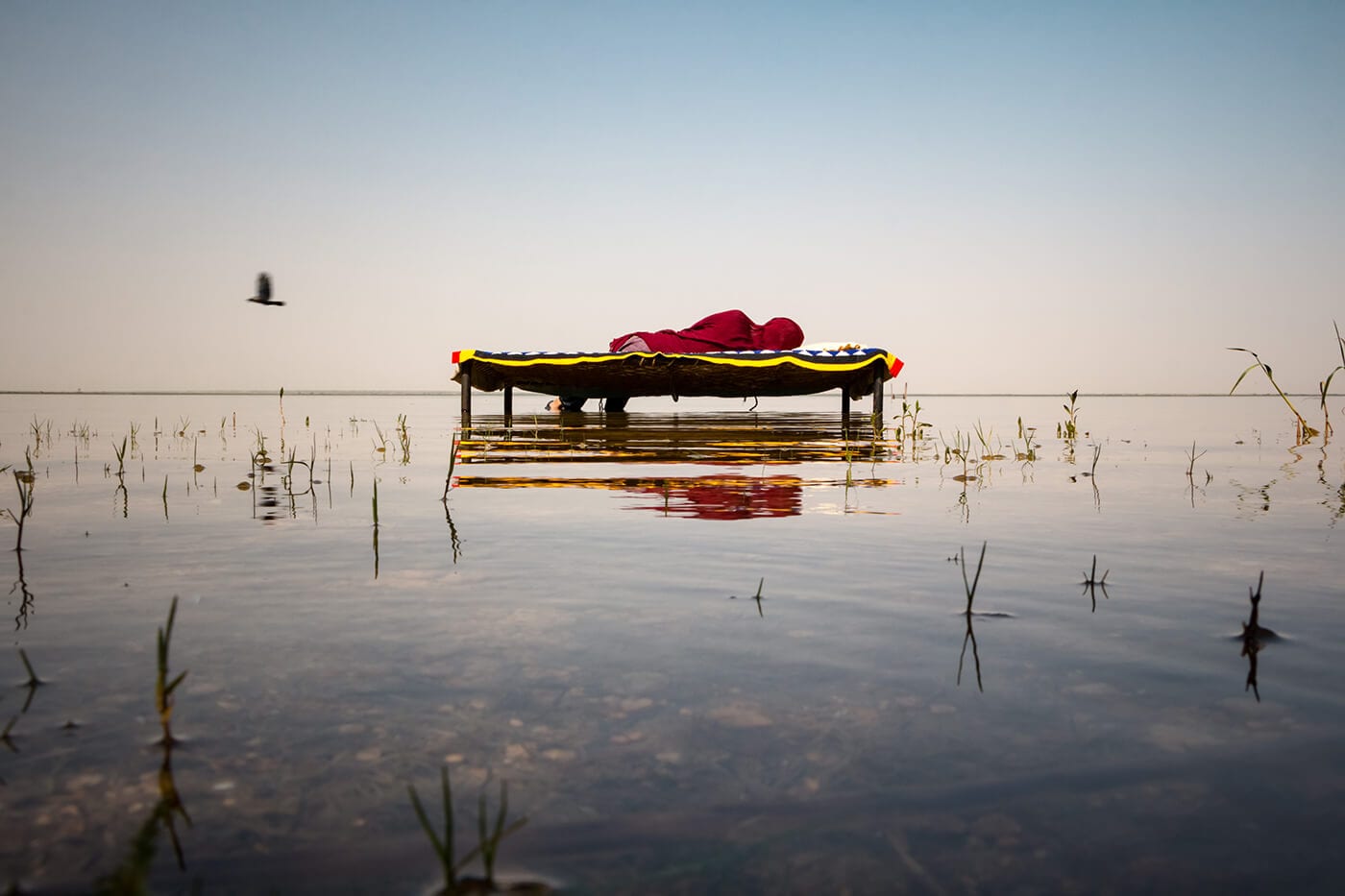
Image and text courtesy of Camille Delbos.
“There she is. Resting in her floating kingdom. Her eyes probably closed to better immerse herself in the pristine nature that surrounds her. She is part of it. My sleeping beauty – Keenjahr Lake, Pakistan”
www.camilledelbos.com and Instagram: @camille_delbos
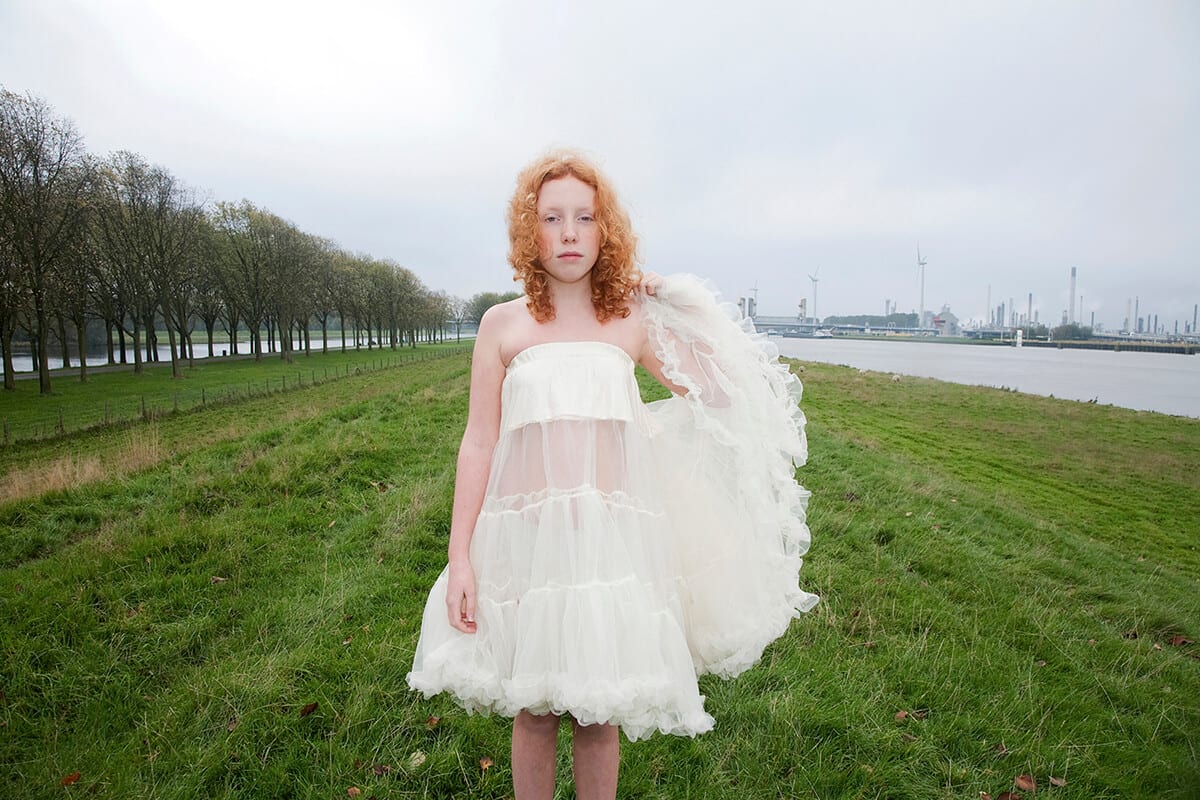
Image and text courtesy of Vivian Keulards from her series Flaming Grace.
“Flaming Grace is a series of portraits of red headed children. They are rare – only two percent of the world population carries this gene and maybe they’ll be extinct in the next 100 years. The portraits of Dutch, American and Irish children can be combined because of their physical features, but I was also eager to show their individuality and express what I saw – self-confident, free-spirited and dreamy characters.”
www.viviankeulards.nl and Instagram: @viviankeulards
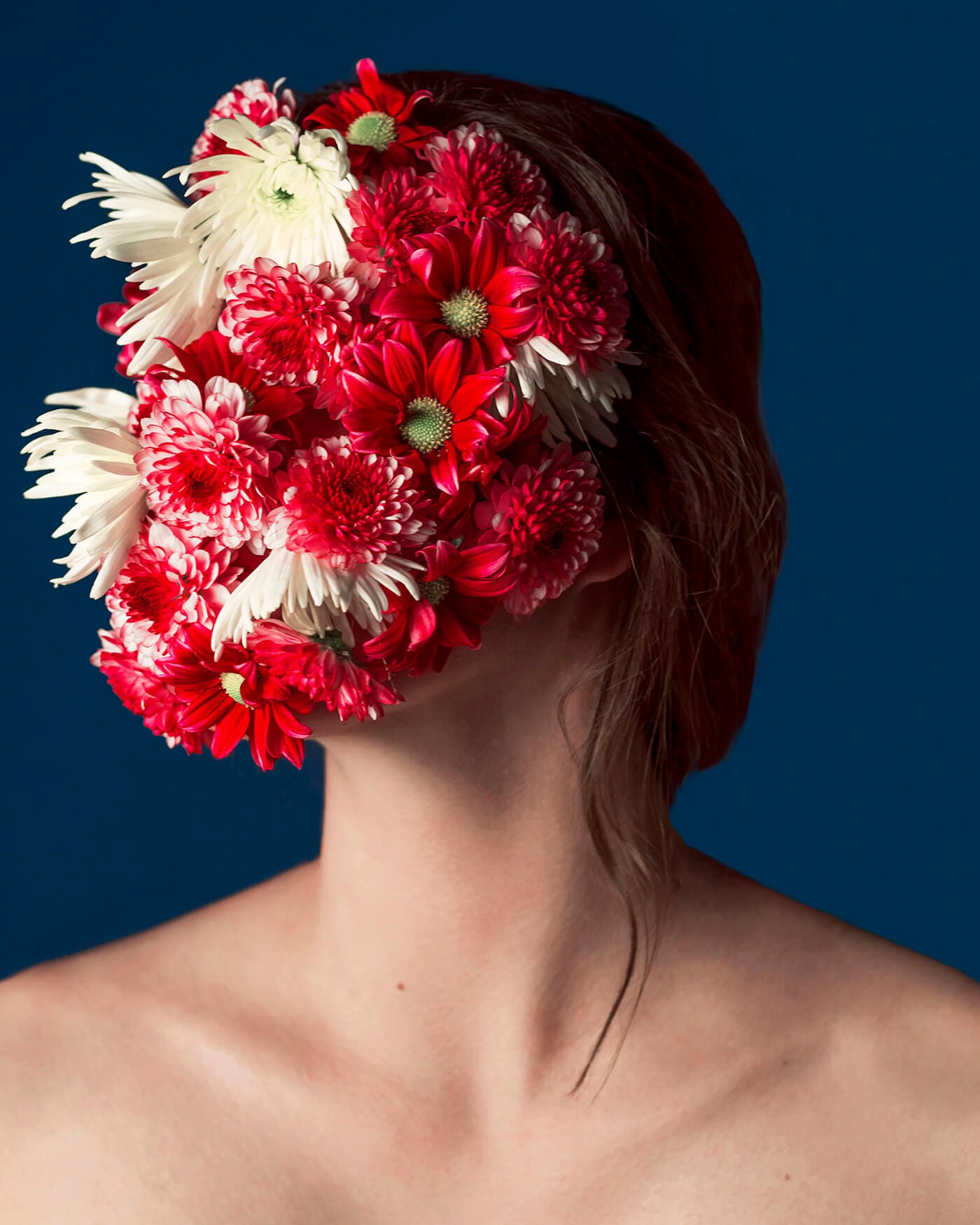
Image and text courtesy of Barbara Traver from her series Human.
“Human is a photography series composed of individuals where the face is hidden by different elements. The choice of each element is based on the first impression that the person generated in me. I seek to show the prejudices that we hold. We catalog the people we meet in our daily lives, putting labels on them and forgetting about their complexity. I intend to create restlessness to encourage us to ask more questions, wanting to investigate more in the totally anonymous portraits. Prejudice marks us for life and we forget that in the end we are all human”.
www.barbaratraver.es and Instagram: @barbaratraver_
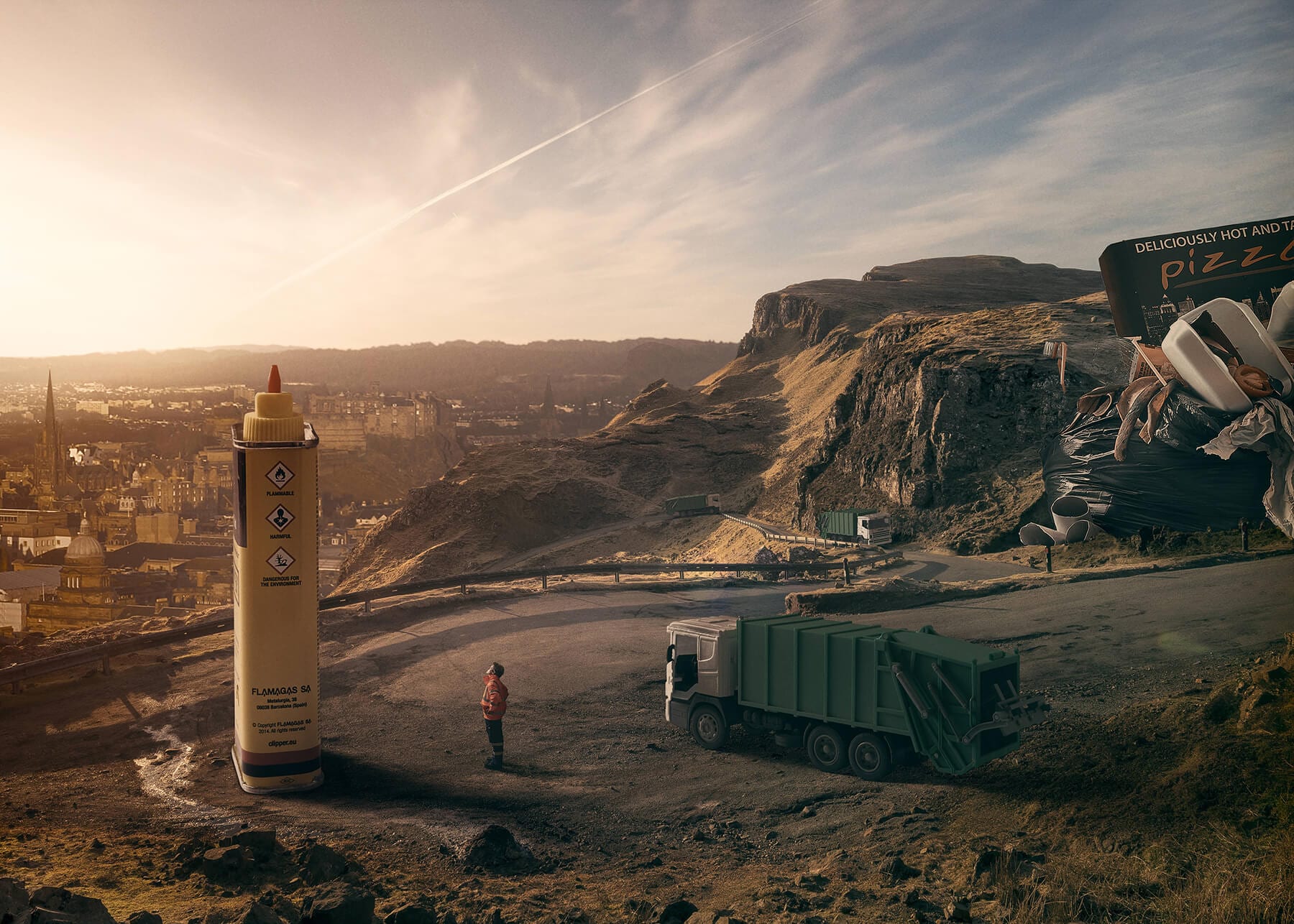
Image and text courtesy of Gavin Smart from his series Scotland and the Environment.
“The series takes a conceptual and surrealist look at the environmental issues facing Scotland today, with the hope of encouraging others to care for the world around us.”
www.gavinsmart.com and Instagram: @gav_smart
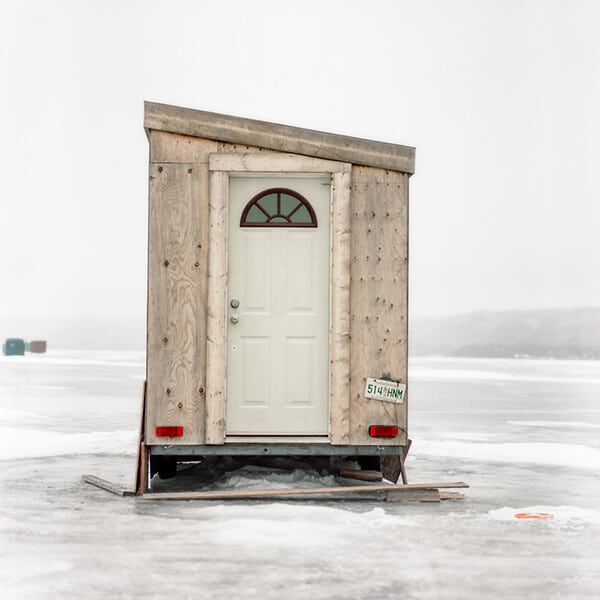
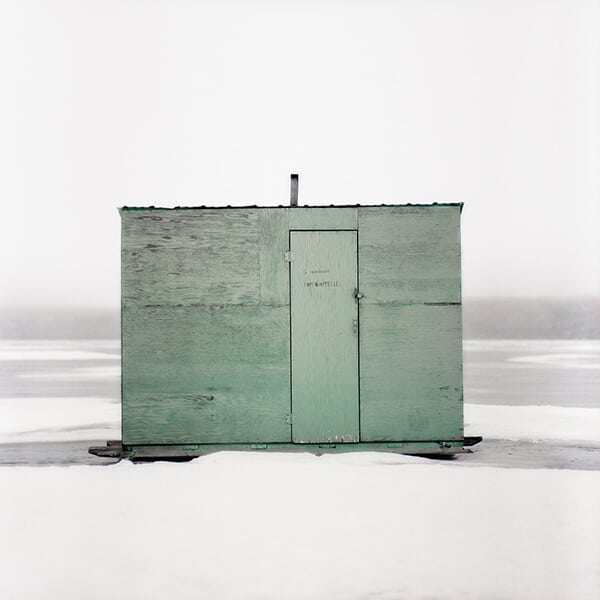
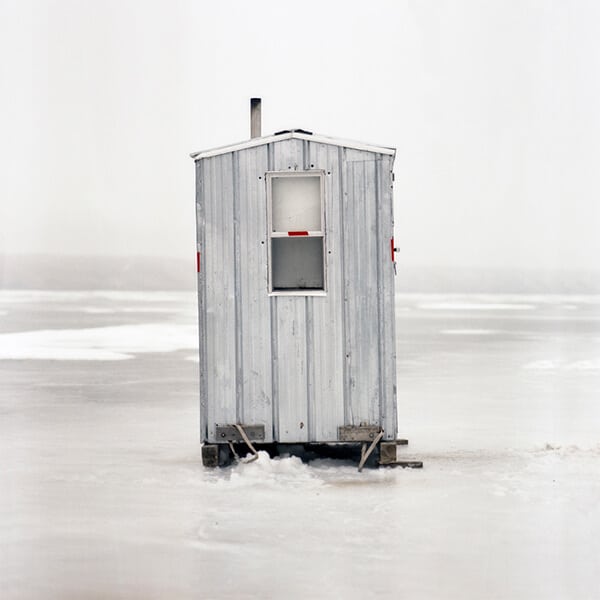
Image and text courtesy of Vera Saltzman from her series The Shacks.
“As the Saskatchewan winter settles in and the lakes freeze over, temporary settlements appear in solitude on the frigid ice. The Shacks replace recreational boats to create a winter escape for those bitten by the fishing bug. Determined not to be sidelined by the cold, fishermen pull their shacks onto the ice – traditional ice fishing huts built out of converted camper trailers or carefully pieced together wood and metal sheds, each designed with their own visual uniqueness. The hardy congregate in search of the big one, sharing food and drink while dropping their line through the ice. For the onlookers these distinctive communities remind us winter is not so bad after all. Susan Sontag said “Precisely by slicing out this moment and freezing it all, photographs testify to time’s relentless melt”. By making these images I question how long before The Shacks along with the culture they represent disappear, either as a result of changes through modern technology or worse, climate change.”
www.verasaltzman.com and Instagram: @vera.saltzman
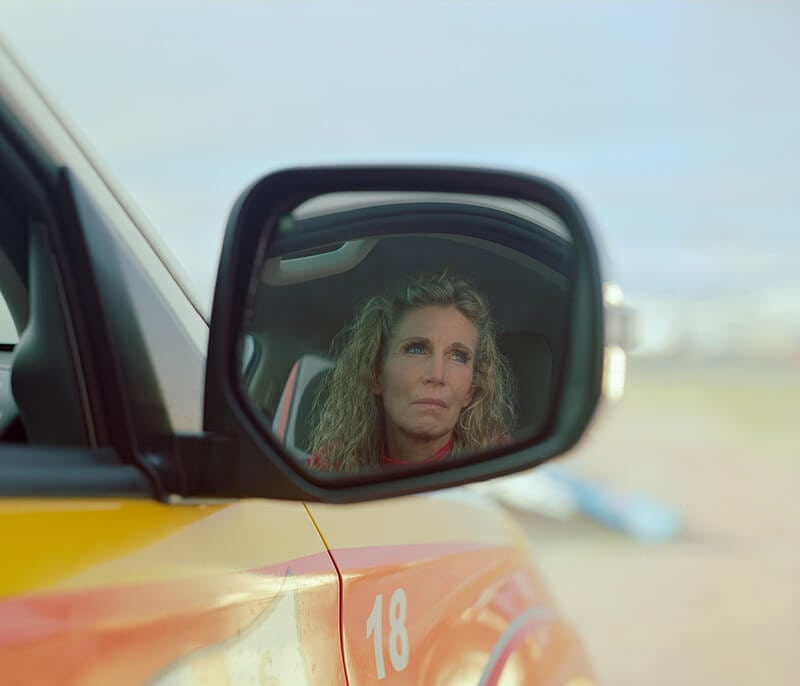
Image and text courtesy of Samuel Napper from his series The Wait.
“No one likes waiting. And in today’s always-on, same-day-delivery world we rarely have to wait for anything. But there are a group of people whose responsibility it is to wait. Wait for the next disaster to strike, the next wildfire to start, the next heart to stop. This series explores the limbo world between emergency call-outs and the psychological impact, the cycle of tension, action and reflection has on those we call on at our worst possible moments. With the city of Cape Town as a backdrop, The Wait offers an intimate glimpse of some of South Africa’s most selfless heroes including volunteers from the Air Mercy Service, Infant Transport Paramedics, Voluntary Wildfire Service, Metro Disaster Response Unit, National Sea Rescue Institute and Shark Spotters.”
www.samuelnapper.com and Instagram: @samnapper_
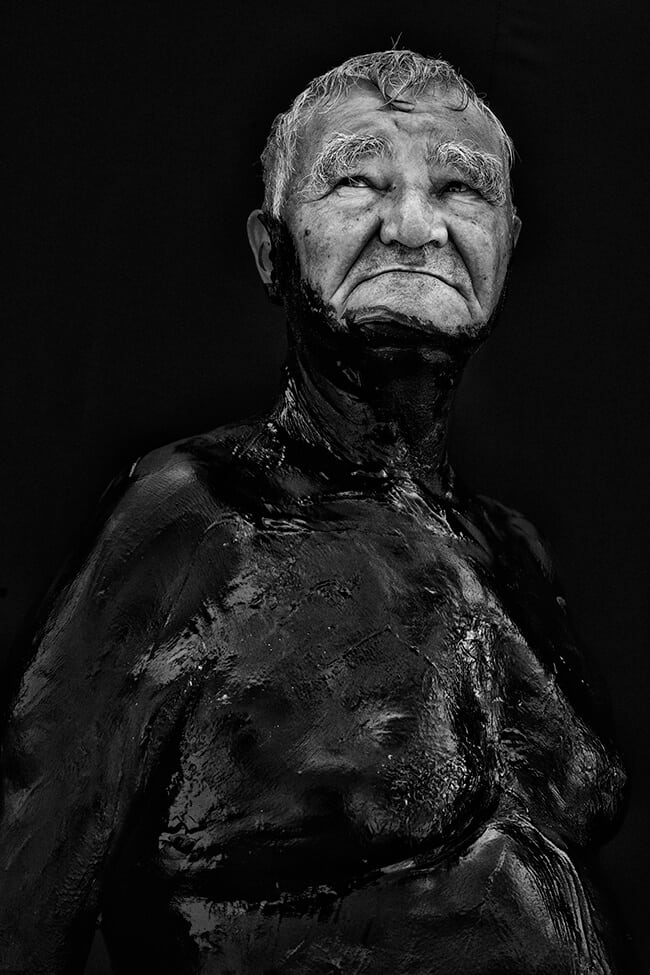
Image and text courtesy of Alain Schroeder.
“Techirghiol is a small Romanian town on the Black Sea, famous for its therapeutic mud which was discovered by an old Turkish man and his donkey. There are several variations of the story and its origins but all share the same principle – the thick black mud found at the bottom of the lake is particularly effective in the treatment of arthritis, musculoskeletal disorders. skin ailments and detoxification, and beneficial for overall well-being. In the beginning of the 20th century when the curative properties of the mud were recognized by the scientific community, Techirghiol established itself as a spa town with organized mud extraction and treatment facilities. The public nomol mud baths are open 7 days a week. Buckets of mud are spread around the beach and people cover all or parts of their bodies and then stand in the sun for 20-30 minutes as it hardens, changing from shiny black to light gray. Next a swim in the lake gently and ecologically washes the mud off, sustainably recycling it. A final rinse in fresh water leaves the skin soft and hydrated. Residents of the region have been coming here for their whole lives, while visitors from other parts of Romania and elsewhere generally come for a week or two, combining specialized treatments at the sanatorium or more luxurious hotels with regular visits to the lake”.
www.alainschroeder.myportfolio.com and Instagram: @alainschroeder
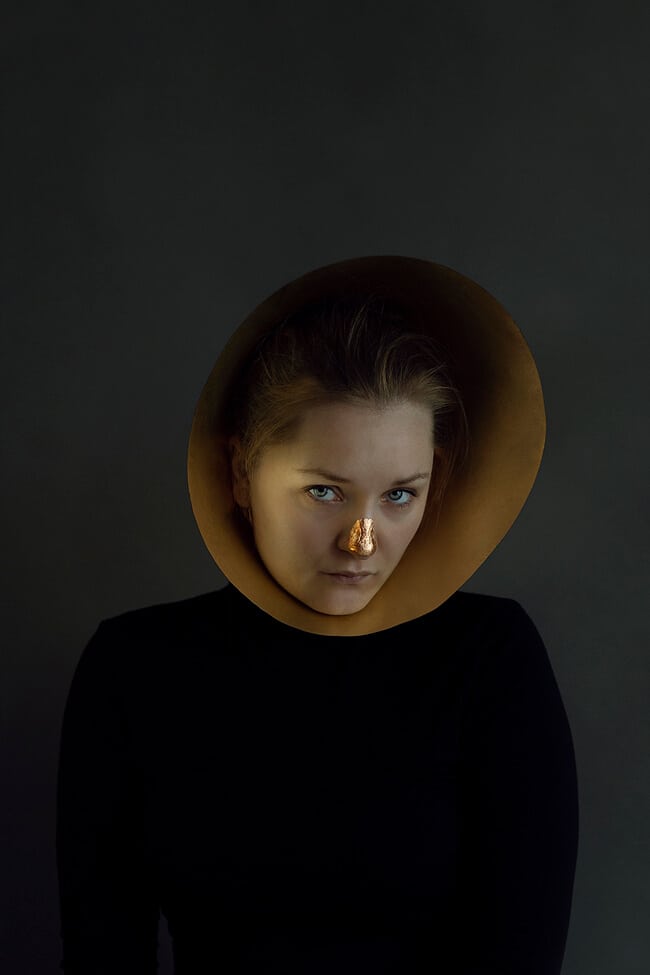
Image courtesy of Malwina Pukaluk from her series Toska.
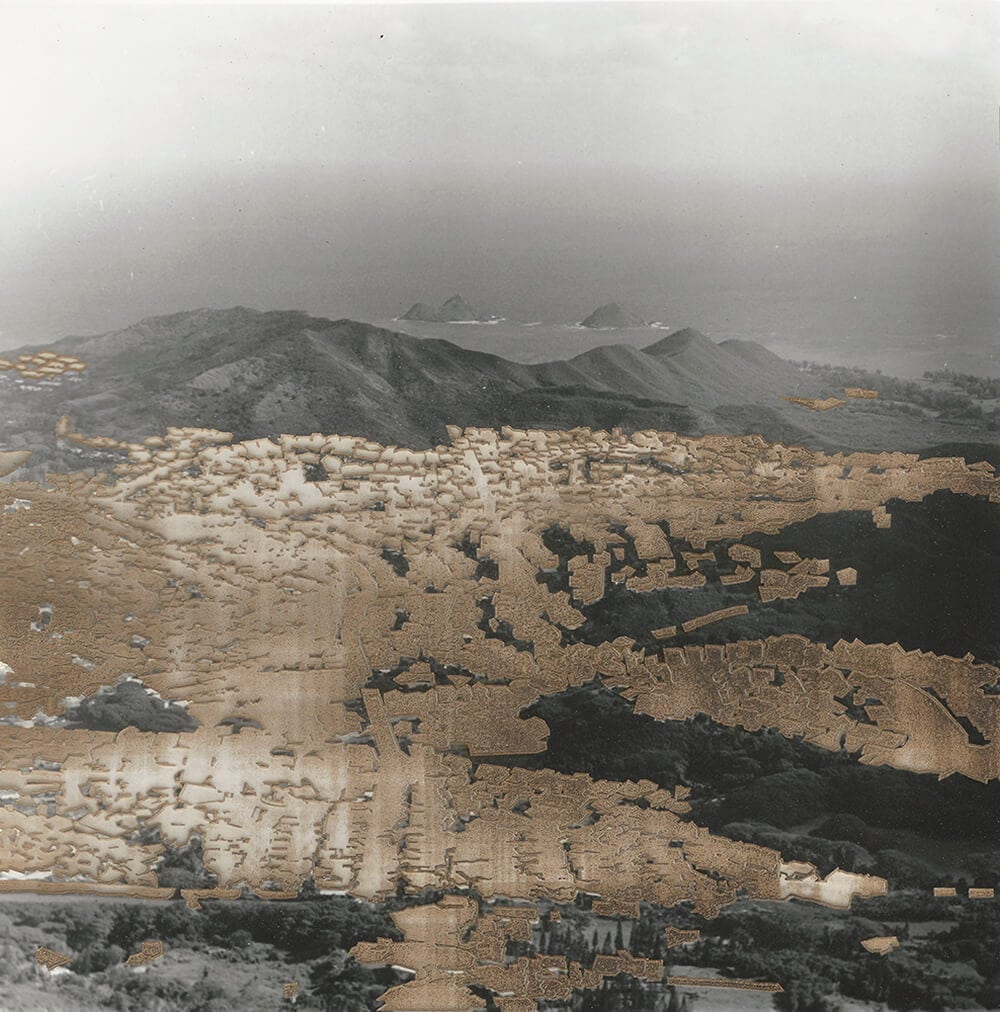
Image and text courtesy of Leah Schretenthaler from her series The Invasive Species of the Built Environment.
“The land of Hawaii is vast, luxurious, and idyllic but past the wanderlust images the land is very controversial. The growing population and tourism continues to threaten the space and its ability to accommodate all the occupants. From the research telescopes on the mountain of Maunakea on the Big Island, to the crumbling rail project on Oahu believed to fix the traffic problem, these infrastructures have augmented the land. The industrial growth happening in Hawaii goes beyond simply manipulating the landscape; it destroys the historical records and spiritual places that have existed there for millions of years.
Through these photographs the attention focuses on the spaces that these infrastructures impede on the natural environment, instead of colors of the idyllic Hawaii. Using silver gelatin prints which consist of selected, man made spaces that have attempted to be removed create a burnt and sometimes empty area. The use of a laser cutter to cut the structure from the landscape leaves scar upon the image. The removed spaces aid in seeing what Hawaii would be like without these impositions. These areas that have been removed from the images are not being replaced with anything, therefore communicates the natural impingement this structure has on the environment even if it were to be removed. However, in the process of trying to remove these objects has weakened the paper and metaphorically weakened the landscape it is trying to depict. The areas that have not been completely removed leaves a faint and thin layer of paper residue. The structures still exist and can never be completely erased. However, it draws attention to what is becoming the built environment in Hawaii.”
www.leahschretenthaler.com and Instagram: @2artists_1adventure
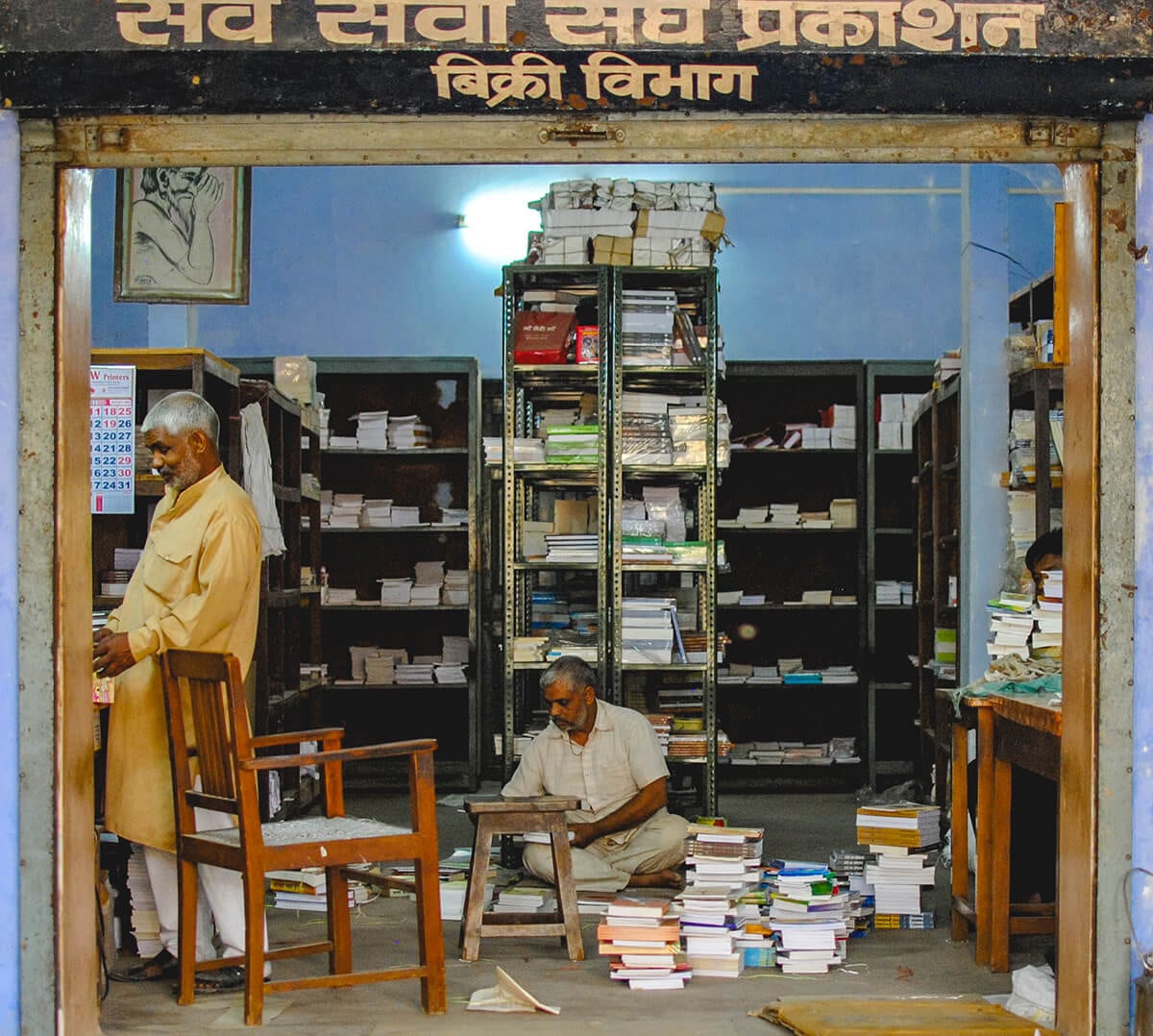
Image courtesy of Bree Kotwitz.
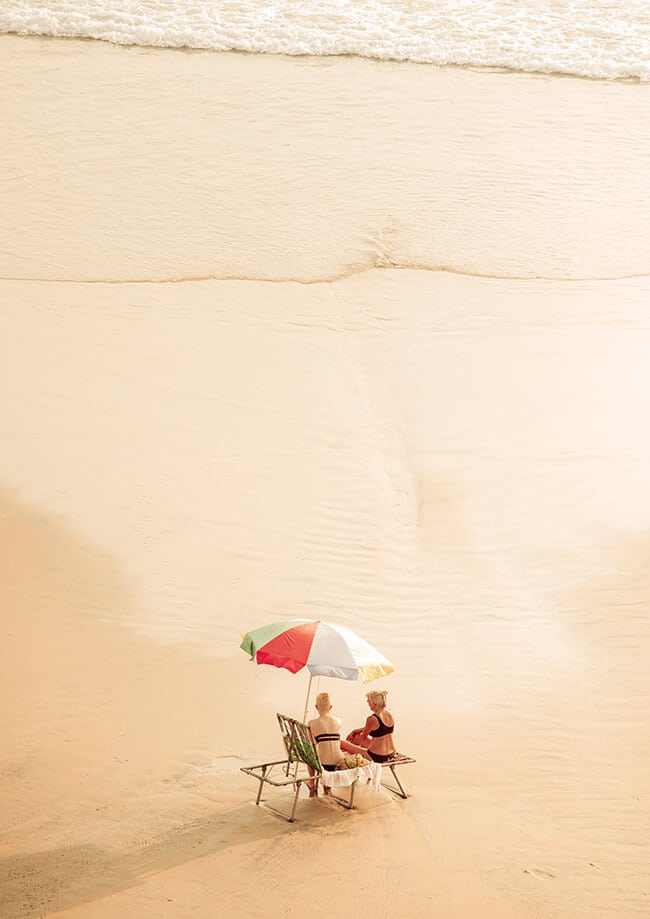
Image courtesy of Wook Hee Han (Hanooki).
www.hanooki.com and Instagram: @hanooki
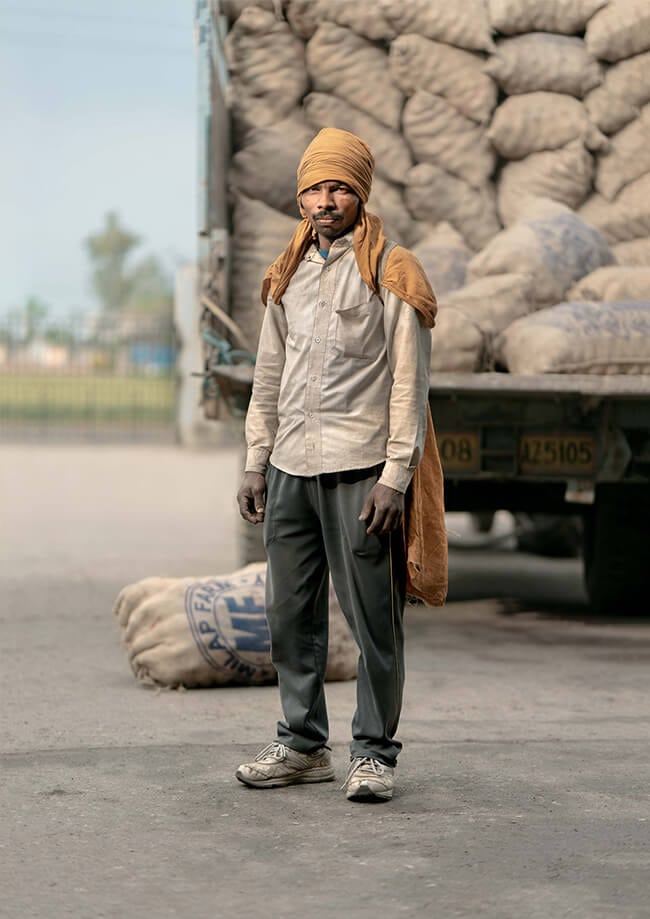
Image courtesy of Jaggers Padda.
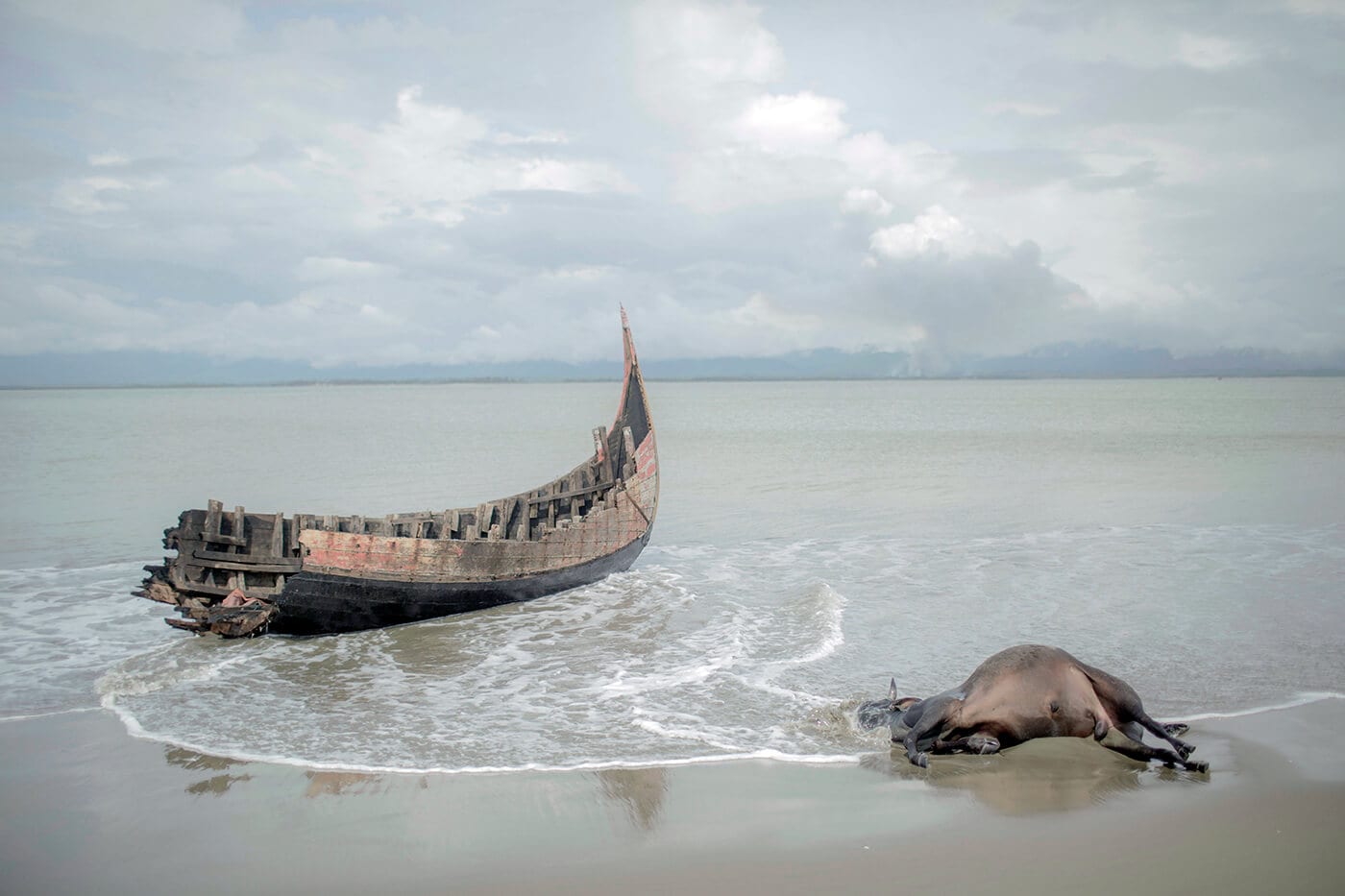
Image and text courtesy of Sumon Yussuf from his series The Quest for Identity.
“The Rohingya community is in racial identity crisis. What is its history? What is its geo-political identity? What is its culture? The answers have been obscure for thousands of years and as a result the Rohingyas are now compelled to leave their own land after a long period of oppression and violence. The year 2017 is the latest interface of this ethnic cleansing. My perspective is of the Rohingya refugees arriving in beautiful Bangladeshi landscapes.”
